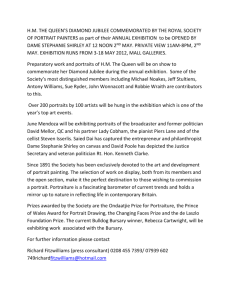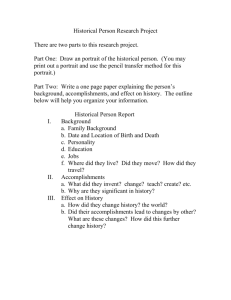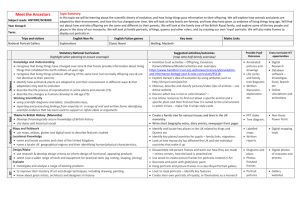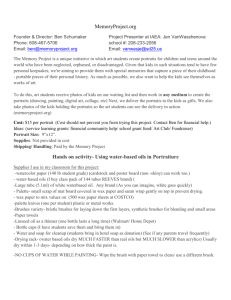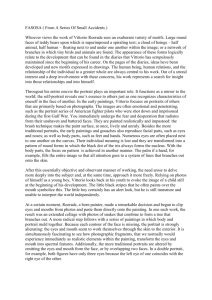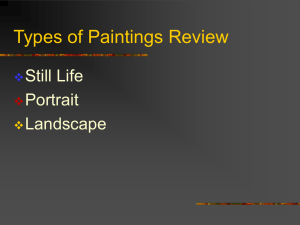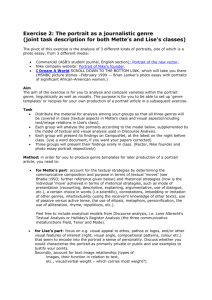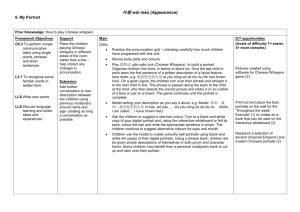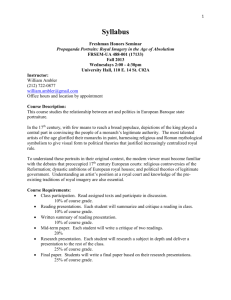Exercise 2: `Corpus Linguistics` – the portrait article as a journalistic
advertisement
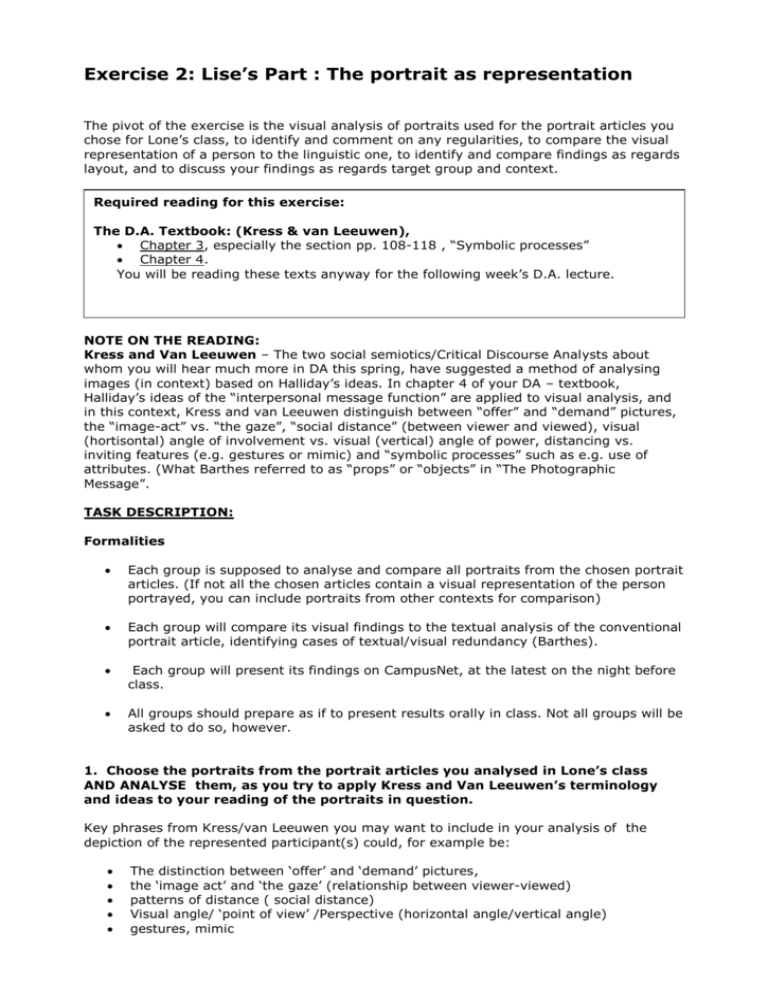
Exercise 2: Lise’s Part : The portrait as representation The pivot of the exercise is the visual analysis of portraits used for the portrait articles you chose for Lone’s class, to identify and comment on any regularities, to compare the visual representation of a person to the linguistic one, to identify and compare findings as regards layout, and to discuss your findings as regards target group and context. Required reading for this exercise: The D.A. Textbook: (Kress & van Leeuwen), Chapter 3, especially the section pp. 108-118 , “Symbolic processes” Chapter 4. You will be reading these texts anyway for the following week’s D.A. lecture. NOTE ON THE READING: Kress and Van Leeuwen – The two social semiotics/Critical Discourse Analysts about whom you will hear much more in DA this spring, have suggested a method of analysing images (in context) based on Halliday’s ideas. In chapter 4 of your DA – textbook, Halliday’s ideas of the “interpersonal message function” are applied to visual analysis, and in this context, Kress and van Leeuwen distinguish between “offer” and “demand” pictures, the “image-act” vs. “the gaze”, “social distance” (between viewer and viewed), visual (hortisontal) angle of involvement vs. visual (vertical) angle of power, distancing vs. inviting features (e.g. gestures or mimic) and “symbolic processes” such as e.g. use of attributes. (What Barthes referred to as “props” or “objects” in “The Photographic Message”. TASK DESCRIPTION: Formalities Each group is supposed to analyse and compare all portraits from the chosen portrait articles. (If not all the chosen articles contain a visual representation of the person portrayed, you can include portraits from other contexts for comparison) Each group will compare its visual findings to the textual analysis of the conventional portrait article, identifying cases of textual/visual redundancy (Barthes). Each group will present its findings on CampusNet, at the latest on the night before class. All groups should prepare as if to present results orally in class. Not all groups will be asked to do so, however. 1. Choose the portraits from the portrait articles you analysed in Lone’s class AND ANALYSE them, as you try to apply Kress and Van Leeuwen’s terminology and ideas to your reading of the portraits in question. Key phrases from Kress/van Leeuwen you may want to include in your analysis of the depiction of the represented participant(s) could, for example be: The distinction between ‘offer’ and ‘demand’ pictures, the ‘image act’ and ‘the gaze’ (relationship between viewer-viewed) patterns of distance ( social distance) Visual angle/ ‘point of view’ /Perspective (horizontal angle/vertical angle) gestures, mimic symbolic processes 2. Use Barthes to comment on the relationship between the image, its caption and the heading of the portrait article. 3. Comment on general layout/compositional features of the portrait article as “a meaningful whole” use the article “FrontPages” you read for wov-comm., exercise 1. Keywords for this part could be: given/new – ideal/real – centre/margin – salience – framing (The analysis of composition/layout is equivalent to Halliday’s textual metafunction) Regularities: The following three-step model is useful as a supplement to the visual analysis outlined above in order to categorise and (if possible) conclude on your findings Identify regularities in the portraits as regards both form, meaning, and medium. Describe the regularities registered and relate your findings to your own experiences with/ knowledge of the portrait genre in general (including art, family portraits etc) Discuss whether you find the regularities identified convenient. Illustrate your points by suggesting examples of unconventional portraits as potential alternatives. Relate your considerations to relevant target groups and to the aim of the “documentary"portrait article. Compare your findings from textual viz. analysis as regards: The Interpersonal message function (tenor: relationship between sender and receiver: mood, relationship between viewer/viewed) Stylistics Complexity of composition, colour scheme, visual angle etc. as compared to complexity of sentences (many/few sentence units etc.) Representation of the person(s) portrayed What characteristics of the sitter seem to be most strongly emphasised in the visual representation, and are they mainly of an informal/intimate or professional/formal character? How does this visual representation correspond with the linguistic representation?

